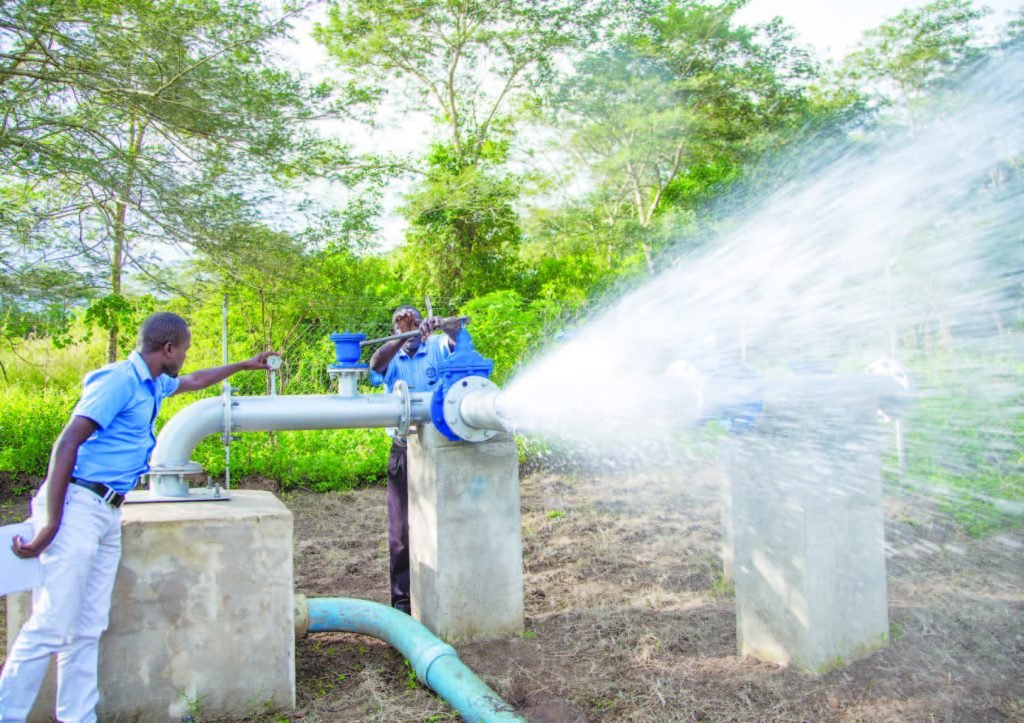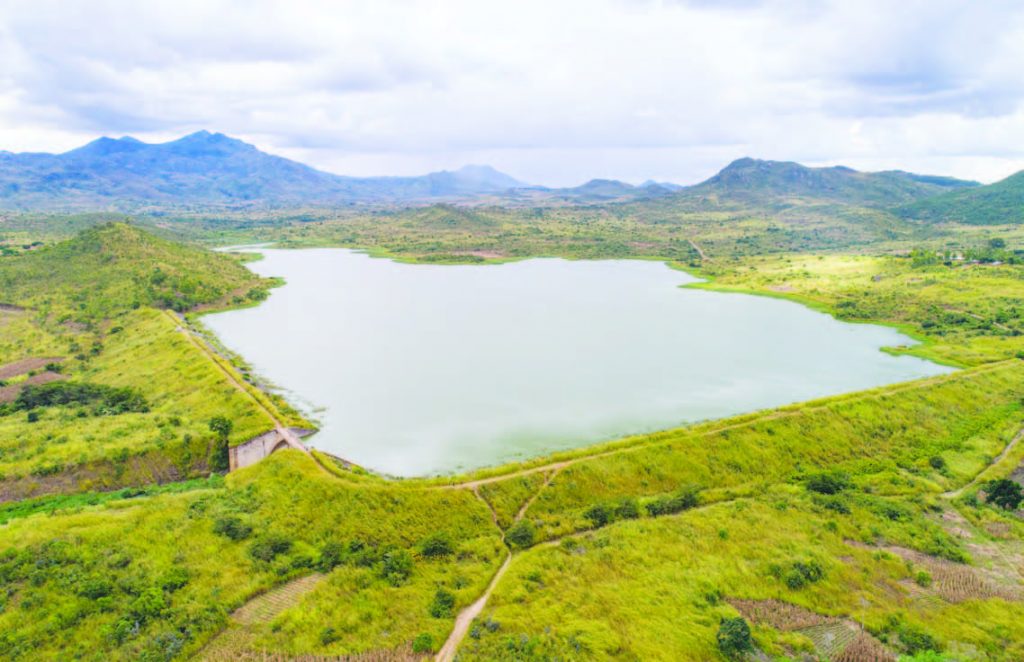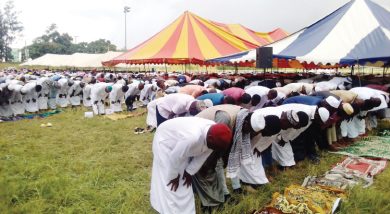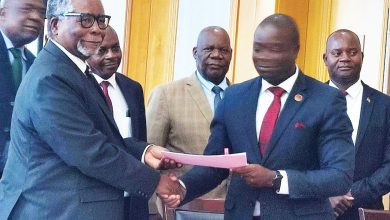Tapping groundwater, conserving catchments
Our Staff Writer JAMES CHAVULA bares a water engineer’s take on the new normal.
For Jacqueline Dais, engineering is a call to sustainable solutions.

Day and night, the acting director of infrastructure at the Southern Region Water Board (SRWB) headquarters in Zomba thinks about ways to bring water to people left behind.
However, this has never been easy as drought and siltation deny existing clients regular supply.
From the drying of Mpira Dam in Ntcheu that left taps in Balaka Town dry in 2018 to the dwindling Mulunguzi Dam atop Zomba Plateau just last year, she saw how weather shocks are pushing back national efforts to ensure everyone has access to safe water.

As surface water keeps dwindling due to inadequate rains and silt, utilities are opting for groundwater as a sustainable alternative amid climate change, environmental degradation and population pressure. Water suppliers have to explore more dependable water sources.
“The demand for water is a moving target because the population keeps rising, so it’s always high. Currently, we supply 62 000 cubic metres from different sources—dams, rivers and boreholes. However, we need new sources,” says Dais.
Tackling water stress
Since 2015 when drought ravaged 10 districts in the Southern Region, it is becoming clear that underground rivers are firmly part of the remedy to the raging water scarcity.
This led to the drilling of eight high-yielding boreholes financed by the World Bank to improve water supply in the drought-prone districts, Mwanza, Chikwawa, Mulanje , Neno, Dedza, Ntcheu, Ntchisi and Salima.
The groundwater pumps have made water supply resilient as prolonged droughts in southern Africa persist.
“The main problem was erratic water supply and low-yield from the smaller boreholes which couldn’t supply adequate water to our customers,” the engineer states.
With yields varying from 4.5 to 26.5 litres per second, the deep boreholes drilled by Fisd Limited have become the lifeline for populations at risk of experiencing dry taps as did Balaka when drought reduced Mpira Dam to cracking crust.
“We strive for a 24-hour supply so our customers have water around the clock. Some areas such as Ngabu in Chikwawa still get less water in the dry season. We need a solution for that,” the engineer states.
However, the Shire Valley setting needs not look far for water.
The sugar-producing town of Nchalo, less than 30 kilometres north of Ngabu, is one of the zones supplied by the 14 high-yielding boreholes constructed under the Malawi Drought Recovery and Resilience Project (MDRRP) implemented by the Ministry of Forestry and Natural Resources with support from the World Bank.
The new boreholes offer water suppliers numerous dos and don’ts as surface water has proven vulnerable to climate change.
“Just when we thought Malawi is drying up, the project has shown us that we have plenty of groundwater, but we only need to improve scoping, utilise the water sustainably and conserve it so that what is happening to rivers doesn’t happen underground,” Dias brags.
She puts the high yields into context: “When the contractor started drilling in 2017, we were anticipating the boreholes to yield three to five litres a second, but we got 26.5 litres in Mwanza and up to 10 litres per second in Balaka, where we had a big problem.”
The drying of taps in Balaka put a human face to the water stress partly caused by the massive loss of trees around Mpira Dam.
The frantic and futile search for water mitigated by fierce scrambles for rations from SRWB trucks severely left the affected population the worst-hit district.
The engineer recalls: “Before the MDRRP interventions, the board used to pay about K10 million every month for bulk water from Mpira, but it was depriving the rural population of their water.
“With the two high-yielding boreholes obtained, we only buy from Mpira Trust when there is a fault.”
The boreholes have reduced the refilled dam to a backup.
They supply 31 554 Balaka residents for 22 hours, up from just 16 hours before the dearth. As such, SRWB revenue from the one-time dry town has swelled from K280 million to K472.3 million within a year.
Despite the gains, Dais says the country’s water supply remains fragile without conserving the environment, especially the forest cover around water sources.
“The nation is facing a huge problem in terms of catchment conservation,” she laments.
Environmental protection was a centrepiece of the World Bank-funded project.
Travelling to Mpira and Mulunguzi, the unwanted destruction flashes past: Vast forests scrapped and people felling small trees for firewood, charcoal and construction poles. Consequently, racing rainwater buries dams and rivers in silt, worsening evaporation when droughts kick in.
Restoration efforts
This month, Minister of Forestry and Natural Resources Nancy Tembo launched a large-scale continental initiative to restore degraded landscapes, including the surroundings of Mpira.
“We are excited with this project as it supports the implementation of the National Forest Landscape Restoration Strategy and the National Charcoal Strategy developed to help Malawi restore 4.5 million hectares of degraded forest landscapes by 2030,” she said.
She urged the locals to let the stumps sprout again.
Dais states: “We need to keep hands off the catchment areas. Apart from conservation, we need to embrace water harvesting measures because we get a lot of rain, but the water goes to waste.”
For her, harvesting rain and planting trees for rainwater to sink into the soil are important as we are exploring groundwater to supplement traditional sources as we are doing in Mwanza, Balaka, Nchalo and Muloza.”





